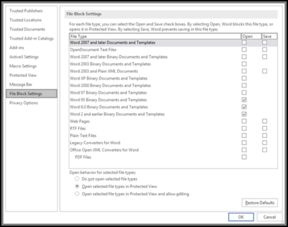
What is a YAML File?
YAML, which stands for “YAML Ain’t Markup Language,” is a human-readable data serialization standard that is often used for configuration files and data exchange between different systems. It is known for its simplicity and readability, making it a popular choice for developers and system administrators. In this article, we will delve into what a YAML file is, how it works, and its various applications.
Understanding YAML Syntax

YAML uses a simple and intuitive syntax that is easy to understand. It primarily consists of key-value pairs, lists, and nested structures. Let’s take a closer look at each of these components.
Key-Value Pairs: Key-value pairs are the fundamental building blocks of YAML. They are represented by a key followed by a colon and then the value. For example:
name: John Doeage: 30Lists: Lists are used to represent sequences of items. They are enclosed in hyphens and can contain any type of data, including other lists. For example:
languages: - English - Spanish - FrenchNested Structures: YAML supports nested structures, allowing you to create complex data models. Nested structures are created by indenting the child elements. For example:
person: name: John Doe age: 30 address: street: 123 Main St city: Anytown state: Anystate zip: 12345YAML File Structure

A YAML file typically consists of a single document, which can contain multiple key-value pairs, lists, and nested structures. The file should have a `.yaml` or `.yml` extension to indicate that it is a YAML file. Here’s an example of a simple YAML file structure:
---name: John Doeage: 30languages: - English - Spanish - Frenchaddress: street: 123 Main St city: Anytown state: Anystate zip: 12345The `—` at the beginning of the file is called a document separator and is used to define the start of a new document.
Applications of YAML Files

YAML files are widely used in various applications, including:
Configuration Files
One of the most common uses of YAML files is as configuration files. They are often used to store configuration settings for applications, services, and systems. YAML’s human-readable format makes it easy to manage and modify configuration settings without the need for complex text editors or command-line tools.
Data Serialization
YAML is also used for data serialization, allowing you to convert data into a format that can be easily stored, transmitted, and processed by different systems. It is often used in conjunction with other technologies, such as JSON and XML, to exchange data between different platforms and services.
API Documentation
YAML files can be used to document APIs, providing a clear and concise representation of the available endpoints, parameters, and response formats. This makes it easier for developers to understand and use the API without the need for extensive documentation.
Project Management
YAML files are sometimes used for project management purposes, such as tracking tasks, milestones, and dependencies. They can be easily integrated with project management tools and platforms, allowing teams to collaborate more effectively.
YAML vs. Other Serialization Formats
While YAML is a popular choice for data serialization, it is often compared to other formats like JSON and XML. Here’s a brief comparison of the three:
| Format | Human-readable | Complexity | Performance |
|---|---|---|---|
| YAML | Yes | Medium | Medium |
| JSON | Yes | Low | High |
| XML | Yes | High
Related Stories |





